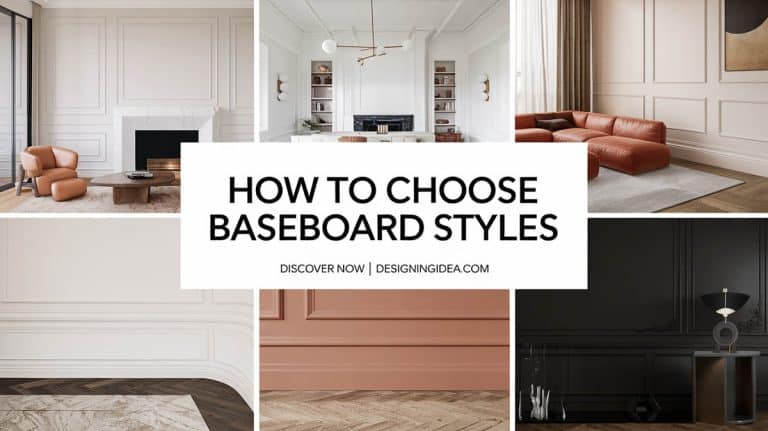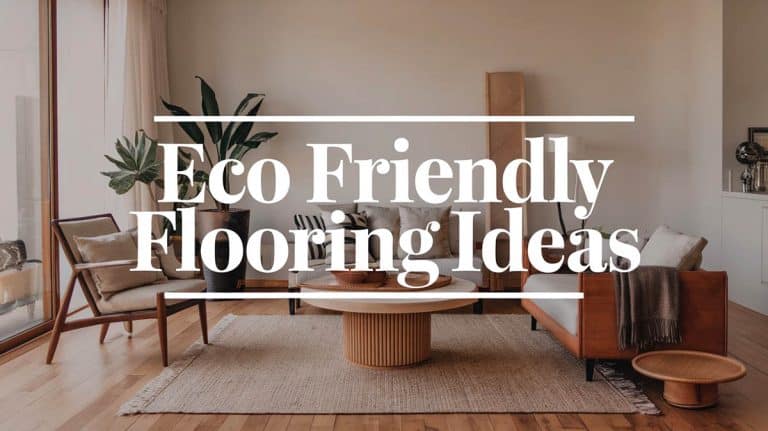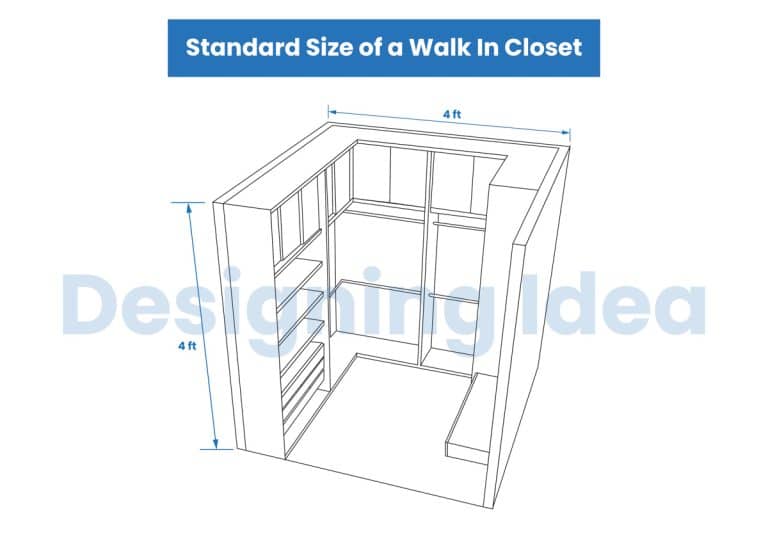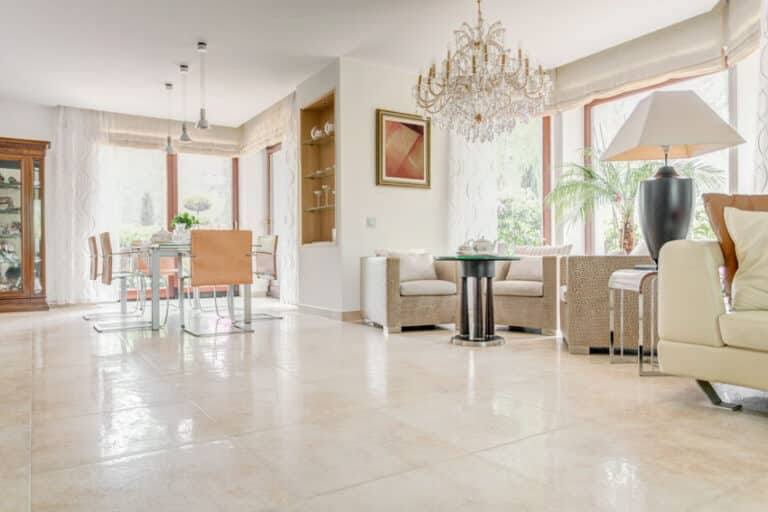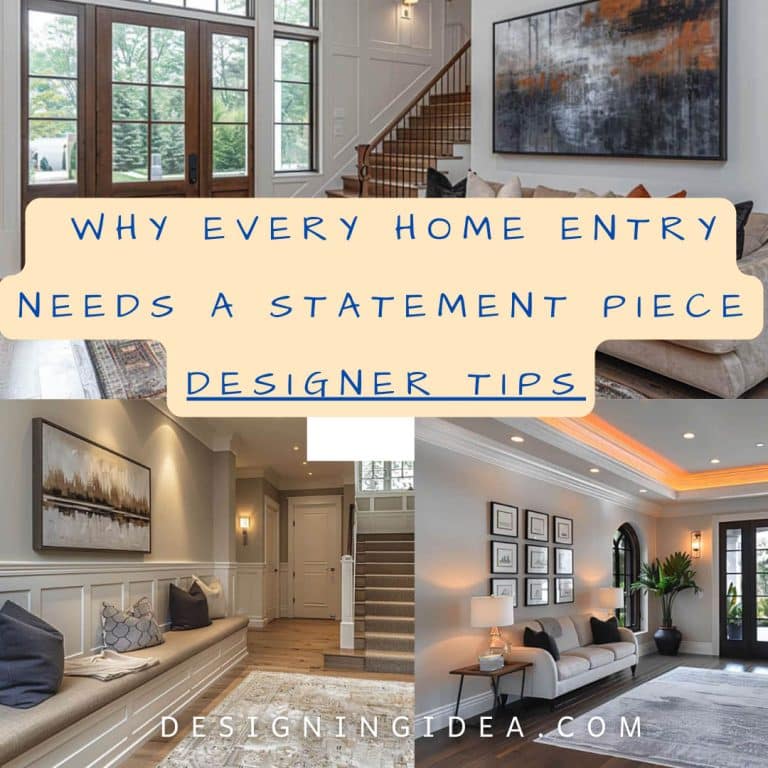What Does the Color Green Mean (Interior Design Guide)
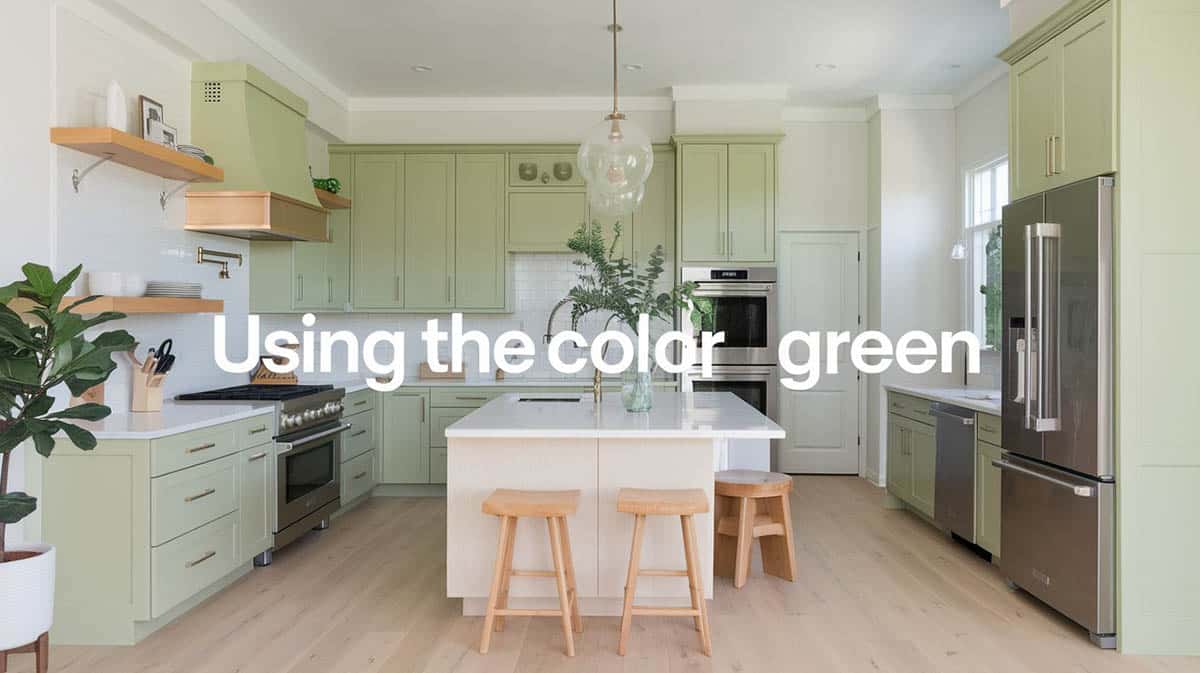
When designing spaces, one of the most important factors people decide on is the colors. Some people tend to stick to their favorite colors. Some prefer “safe” colors, such as neutrals and monochromes. Some prefer to choose trendy colors or even refer to the “Color of the Year” to decide their color scheme, while others tend to choose colors based on their associated meaning or the feelings they invoke.
Green is probably one of the most common colors we can see in nature and is mostly associated with nature. As such, green has always been associated with things related to nature, such as life, renewal, and nature itself. As with many other colors, green has many different meanings and associations, depending on culture, and also has different psychological effects.
Green Color Meaning
Nature – Green is most commonly found in nature, so it is most often associated with all things nature, such as life, growth, renewal, birth, rebirth, environment, etc. It is no surprise that Sustainable Design is alternatively called “Green Design.”
Wealth/Generosity – This usually applies to the USA & other cultures that use green for their monetary notes. In relation to this, green is also associated with green, envy & jealousy.
Good Luck – In Ireland and similar cultures, green is associated with good luck and good health.
Optimism – In graphics and signage, green is often associated with positive movements; like when stock price rises, they are marked green. When the traffic light is green, it means go, etc.
Psychologically, green is a calming & soothing color, and it encourages positivity & healing (both mentally and physically). In fact, there was a study that investigated the effect of window views on patients recovering from abdominal surgery by Roger S. Ulrich, Ph.D., director of the Center for Health Systems and Design at Texas A&M University. In his study, he found that hospital rooms that overlook trees (green) recovered faster & had fewer complications than those that were only able to stare at a wall.
Other similar studies also show how simply depicting nature in art or photos and placing them in a room helps relieve anxiety and the need for pain medication. (source: http://www.apa.org/monitor/apr01/greengood.aspx)
Some studies also show that seeing green/nature helps in overall mental health, improving positivity, performance, and mood & lowering stress levels. Studies by Terry A. Hartig, Stephen Kaplan, Rachel Kaplan & Frances E. Kuo are some great references citing the positive effects nature has on people.
Depending on the shade of green you use and the colors you combine it with, green will have a different effect and meaning as well. For example, bright lime green will invoke positivity, cheerfulness, and youth, and mossy green is more somber and calming, while olive is more elegant and earthy.
What Color Goes with Green
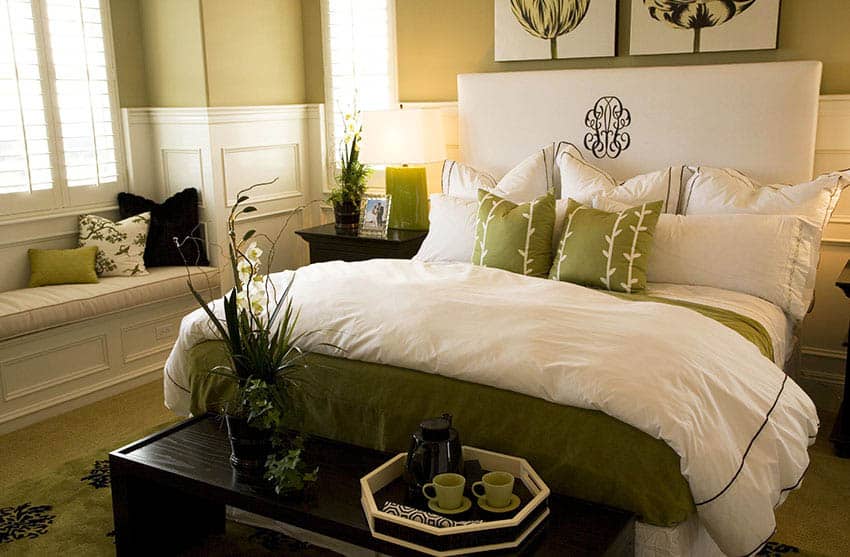
Green is easy to use as our eyes are used to seeing it, and it takes up more space in the spectrum, which is visible to the human eye. Even if it isn’t the main color, you can easily inject greens into your space without making it look out of place.
A great example of such is adding plants – the green surprisingly doesn’t compete with the existing colors, no matter where you put it. However, different combinations with green also have different effects & meanings. It also depends on what shades of green you use. Below are some colors often combined with green and their associated meanings/effects:
Blue – Combining blue with greens will definitely mimic the feel of nature and have a calming effect. Greens & Blues are often used on interiors that want to give a fresh, sea/beach/tropical theme.
Browns/Beige – Browns are often associated with organic materials. When combined with sage green or other warm greens, they have a soothing and calming effect. Using more muted greens with brown and beige can also give a charming, shabby, chic effect.
Red – Is often associated with Christmas, especially when using basic greens & red, but this combination will never go wrong as they are complementary colors. Try experimenting with shades of green and red to achieve the desired effect.
White – White goes well with any color, but combining it with greens usually produces a bright, crisp & cool feel, especially if you use cool-toned greens such as mint green and kelly green.
Yellow – Using brighter and lighter greens & yellows together gives off a youthful & fresh vibe, while using darker yellows and greens produces a somewhat antique/vintage feel to it.
For more ideas about finding complementary shades to green, visit our page about matching colors using a color wheel. Visit this page for more front door paint colors to find one you’ll love for your home.

